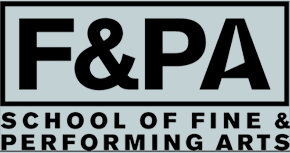Fresh Metals
Bettina Dittlmann, Heart-Necklace, 2005, iron, silver, gift of the artist, 2005.055
Whether using a single element or contrasting multiple shapes and forms, layers and repetition emphasize meaning and enhance visual impact. Combining materials with different physical or visual weight, contrasting the precious with the common, or repeatedly asserting particular symbols can declare an artist’s intention and create mystery through curious juxtapositions.
In these two necklaces, German artist Hermann Jünger and his once student Bettina Dittlmann use layers and repetition to emphasize meaning and enhance visual impact. Clombingin materials with different physical or visual weight, contrasting the ptrvioud with the common, and repeatedly asserting particular symbols can declare an artists's intention, or create mystery through curious juxtapositions.
Bettina Dittlmann is known for her richly detailed jewelry often comprising rhythmicstructures made up of iron or silver. As a rule, the structures are powerful and tightly compact, yet sometimes the jewelry consists of nothing but a thin, black wire forming a fragile figure. In these cases, it is as though the artist were drawing a pure and delicate line in the air in a defiant attempt to negate the metal's inherent heaviness. This necklace, a profusion of interconnected hearts, might speak to the essential importance, yet inherent fragility of love...

Herman Junger, 5-Necklace Cluster, 1983, sterling silver, crystal, hematite, copper 18K, 24K, steel cable chains, gift of Robert W. Ebendorf, 1996.013.001a-e
Hermann Jünger (Germany, 1928-2005) embraced the imperfection and random chance that he believed was inherent in the act of making. He renounced the convention of smooth, ideal precision in gold jewelry opting instead to experiment with unconventional combinations of precious and non-preiious materials to unite sculptureal, grapic and colorful elements, beringin design and craftsmanship in contact with the work of nature herself.



